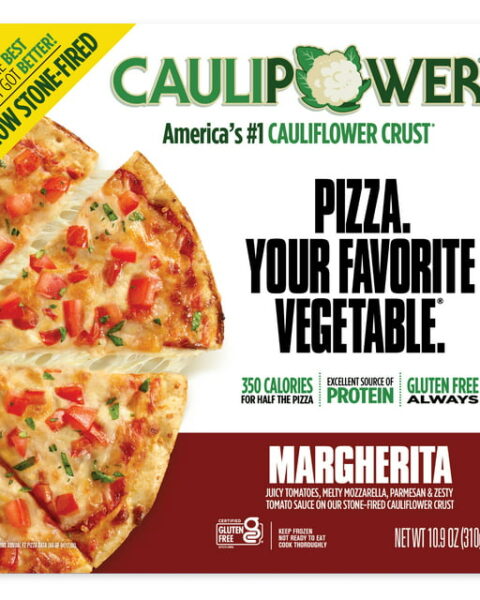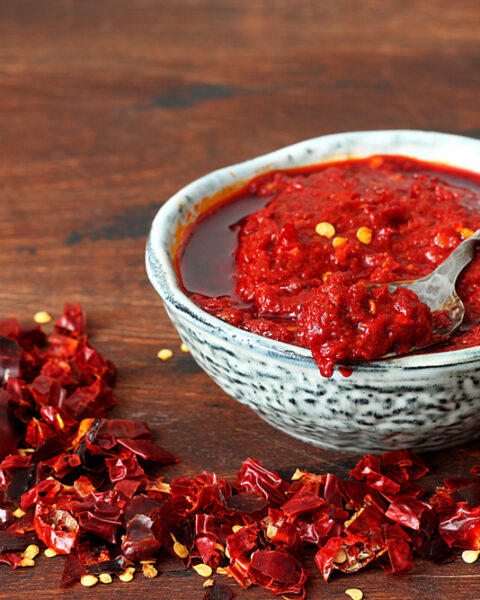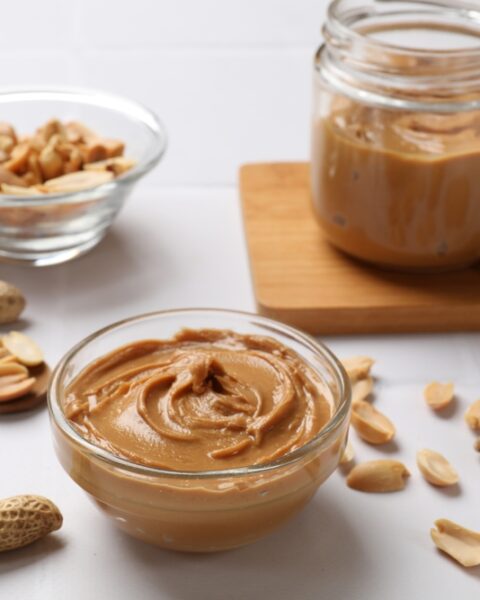Freezing meals is a convenient way to save time and reduce food waste, but it doesn’t have to mean sacrificing taste. With a few smart strategies, you can preserve the flavors and textures of your favorite dishes. Every step matters, from choosing the right containers to using proper labeling techniques. Let’s explore the best practices for freezing meals so you can enjoy delicious, homemade food whenever you want without compromising quality.
Contents
- 1 Use High-Quality Containers
- 2 Cool Foods Before Freezing
- 3 Label Everything Clearly
- 4 Portion Meals Appropriately
- 5 Blanch Vegetables Before Freezing
- 6 Avoid Freezing Certain Foods
- 7 Flash Freeze Individual Items
- 8 Use Freezer-Safe Materials
- 9 Remove Air from Bags
- 10 Freeze Flat for Space Efficiency
- 11 More From RetailShout
- 12 10 Foods That Are Cheaper to Order Out Than Cook at Home
- 13 10 Chef-Approved Cooking Tips to Try in Your Own Kitchen
Use High-Quality Containers
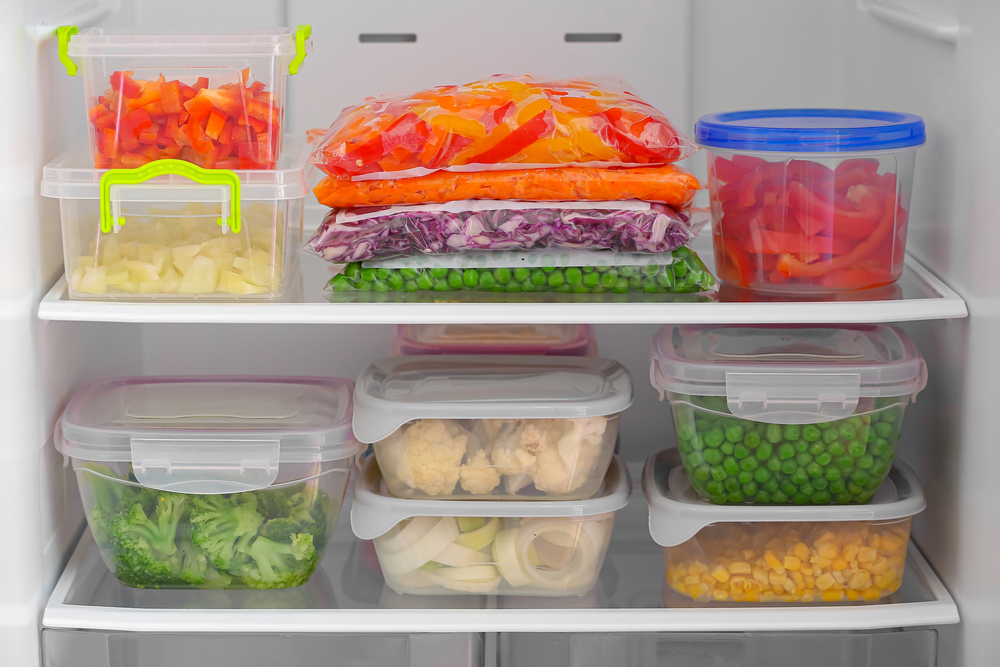
Choose airtight containers or heavy-duty freezer bags to prevent air from entering and causing freezer burn. Glass containers with tight-fitting lids work well for soups and stews. Vacuum-sealed bags offer excellent protection for items like meats and breads. Proper containers ensure your meals stay fresh and flavorful.
Cool Foods Before Freezing
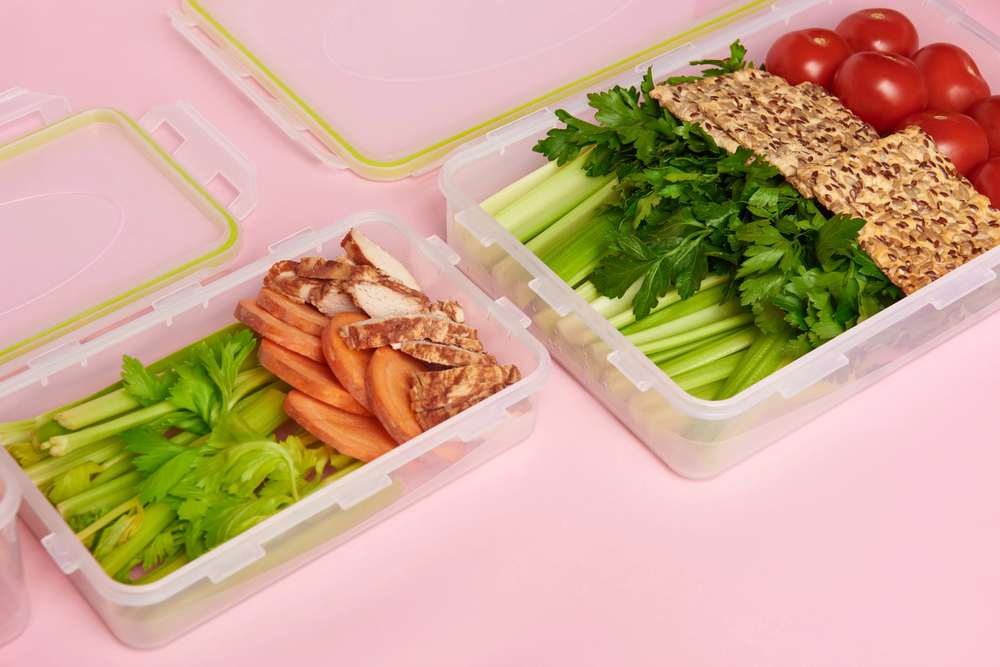
Allow cooked foods to cool to room temperature before freezing them. Hot foods can raise the freezer’s temperature, affecting other stored items. Rapid cooling also helps preserve the texture and flavor of the food. Use a cooling rack or spread hot foods in shallow containers for quicker cooling.
Label Everything Clearly
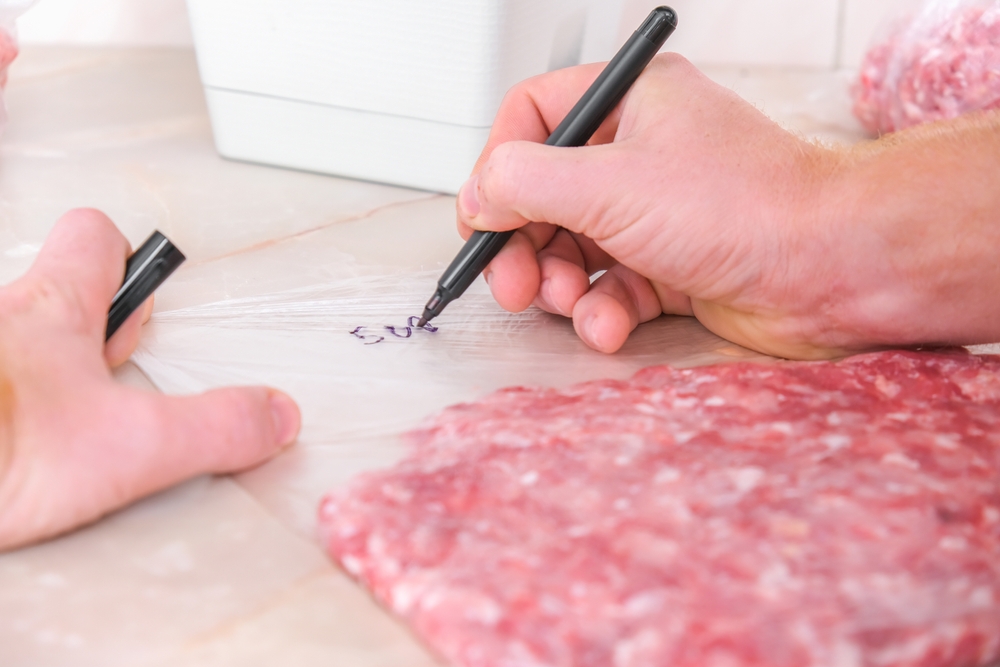
Use labels to note the dish’s name and the frozen date. This practice helps you track what you have and ensures you use older items first. Masking tape and a permanent marker work well for labeling. Proper labeling prevents mystery meals and reduces food waste.
Portion Meals Appropriately
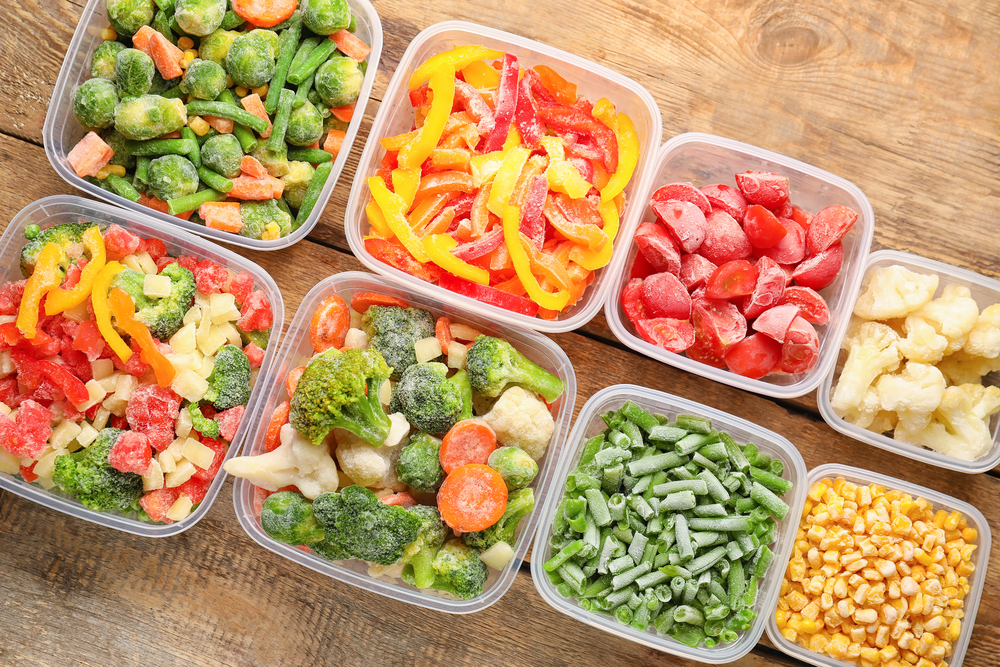
Divide meals into individual or family-sized portions before freezing. Smaller portions thaw more quickly and reduce the need to refreeze leftovers. This method is particularly useful for meal prep and ensures you always have the right amount. Portioning also helps with meal planning and reduces waste.
Blanch Vegetables Before Freezing
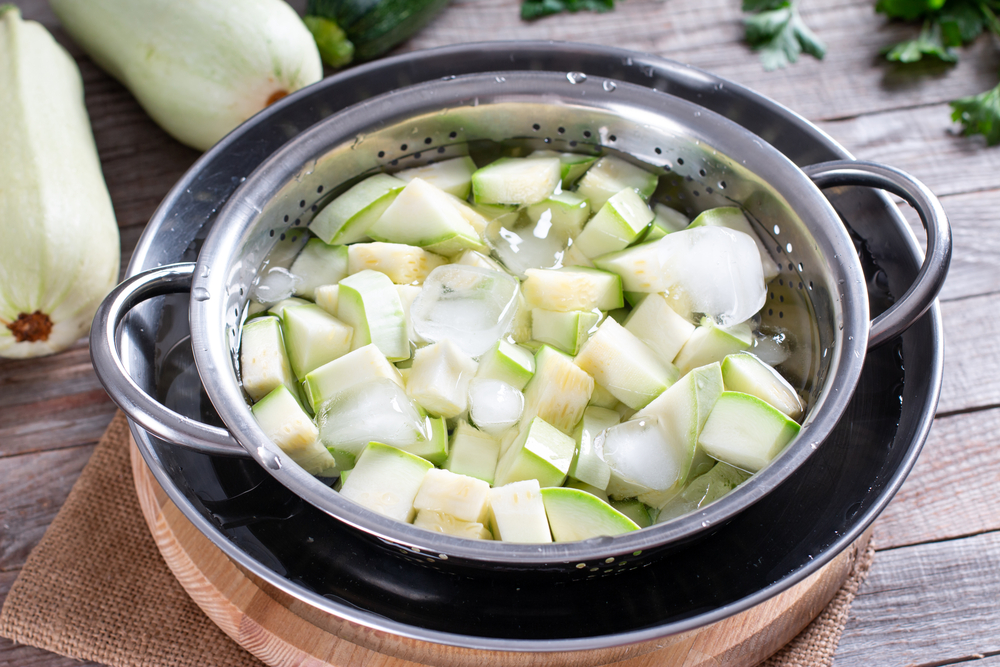
Blanching vegetables before freezing preserves their color, texture, and nutritional value. Briefly boil the vegetables, then immediately plunge them into ice water. This process stops enzyme actions that can cause loss of flavor and color. Blanching is especially important for vegetables like green beans, peas, and carrots.
Avoid Freezing Certain Foods
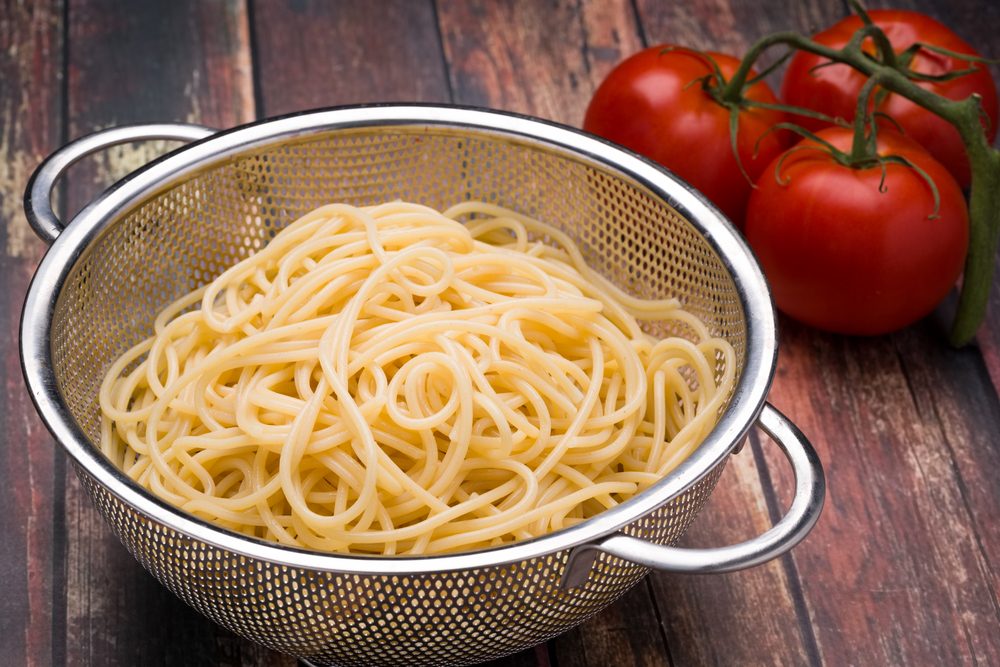
Some foods, such as vegetables with high water content, dairy products, and cooked pasta, don’t freeze well. They can become mushy, grainy, or separate upon thawing. Know which foods to avoid freezing to maintain meal quality. For example, freeze sauces and soups separately from pasta and add them together when reheating.
Flash Freeze Individual Items
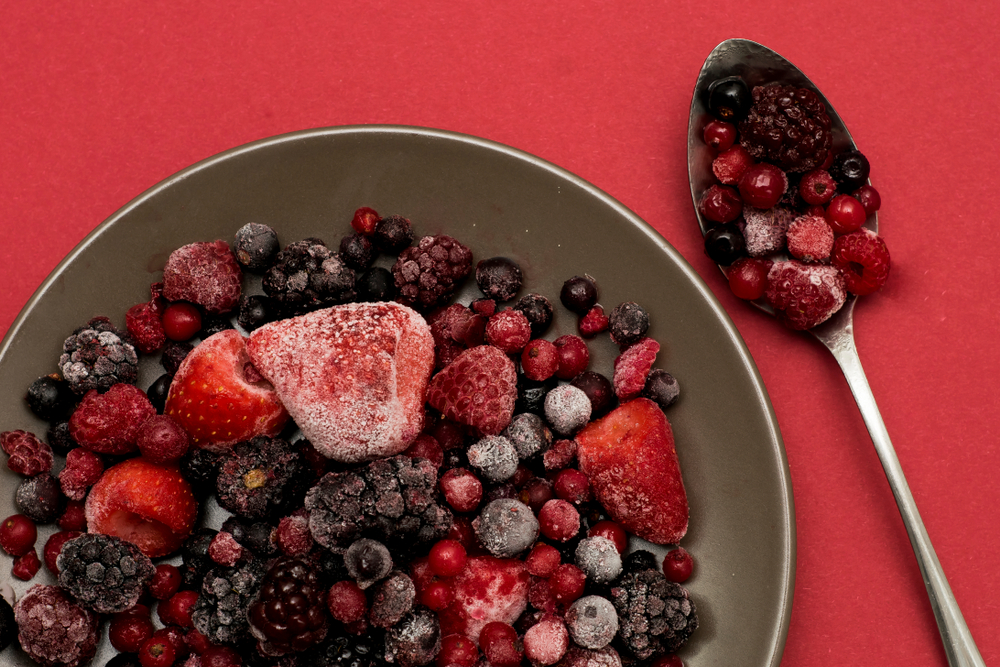
For items like berries, cookie dough, or individual meat portions, flash freeze them first. Spread them out on a baking sheet and freeze until solid before transferring to a container. This method prevents them from sticking together and makes portioning easier later. Flash freezing is perfect for preserving the shape and texture of delicate items.
Use Freezer-Safe Materials
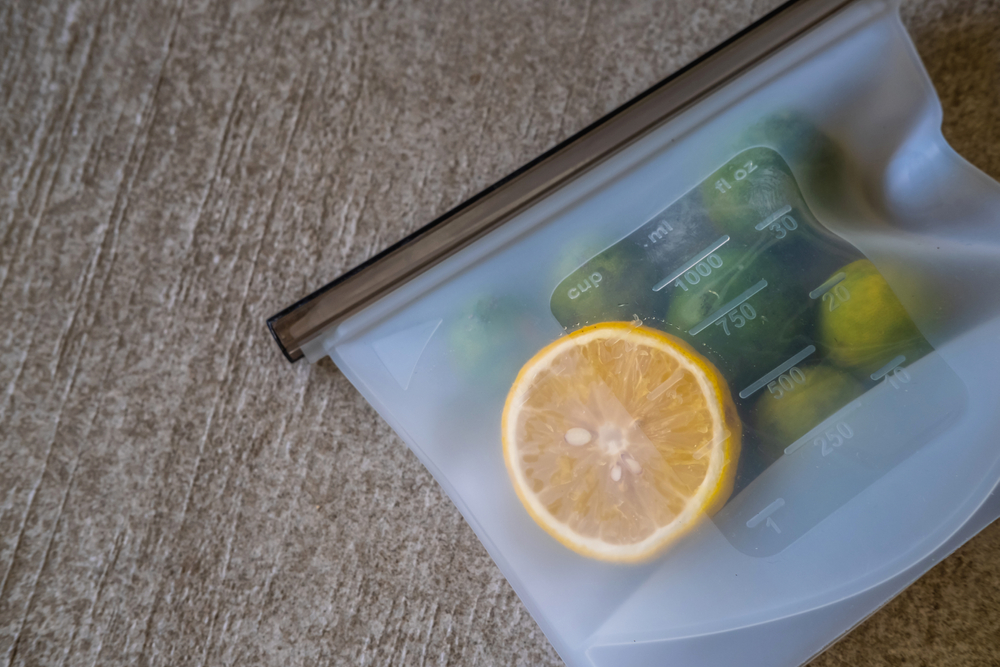
Ensure all containers, wraps, and bags are labeled as freezer-safe. These materials are designed to withstand low temperatures without breaking or leaching chemicals. Regular plastic can become brittle and break, compromising your food. Investing in quality freezer-safe materials protects your meals and prevents contamination.
Remove Air from Bags
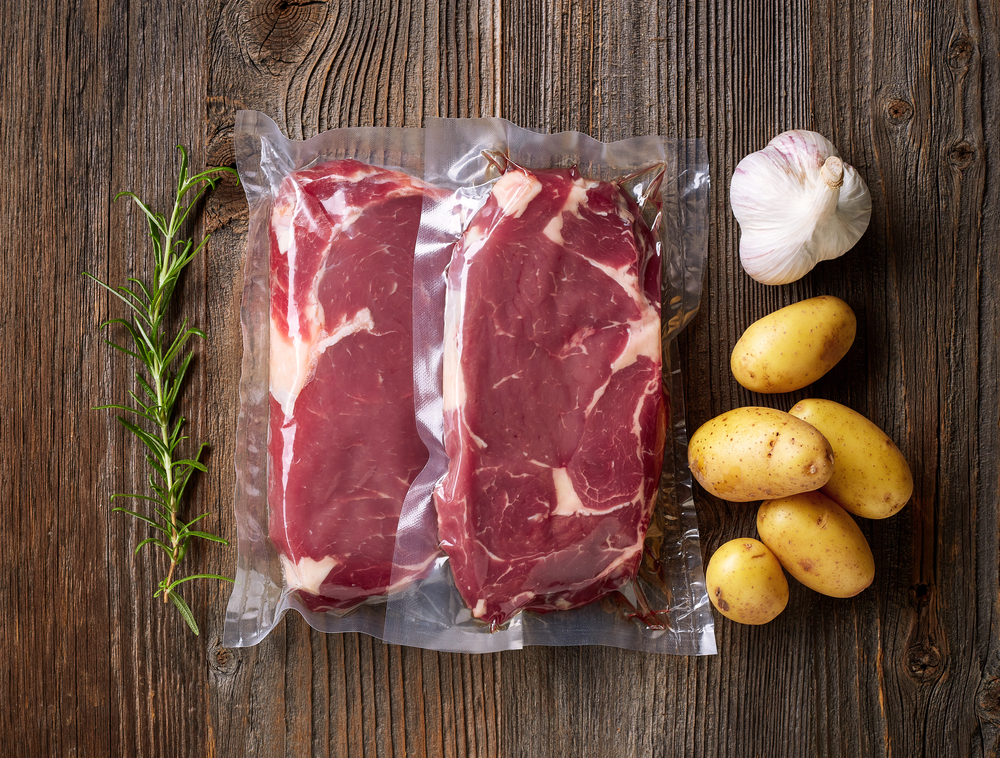
When using freezer bags, press out as much air as possible before sealing. Air can cause freezer burn and affect the texture and flavor of your food. Consider using a straw to suck out excess air or invest in a vacuum sealer. Less air means better-preserved meals and longer shelf life.
Freeze Flat for Space Efficiency
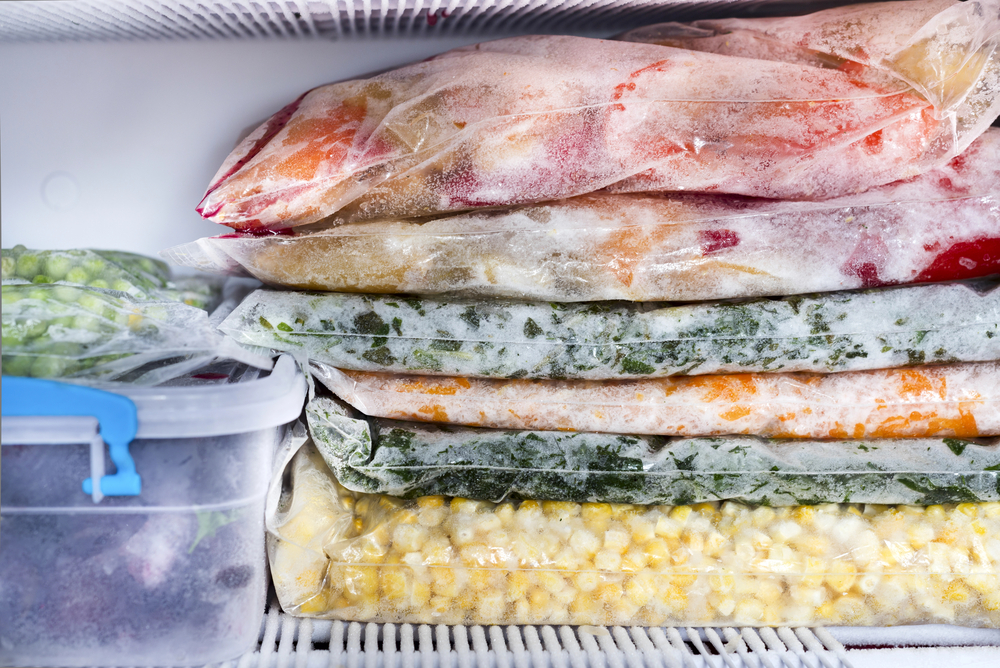
For more efficient storage, freeze soups, stews, and sauces flat in freezer bags. Once frozen, they can be stacked or stored upright like books. This method saves space and makes it easier to organize your freezer. Freezing flat also helps with quicker and more even thawing.
This article originally appeared on RetailShout
More From RetailShout
29 Delicious and Affordable Meals You’ll Love
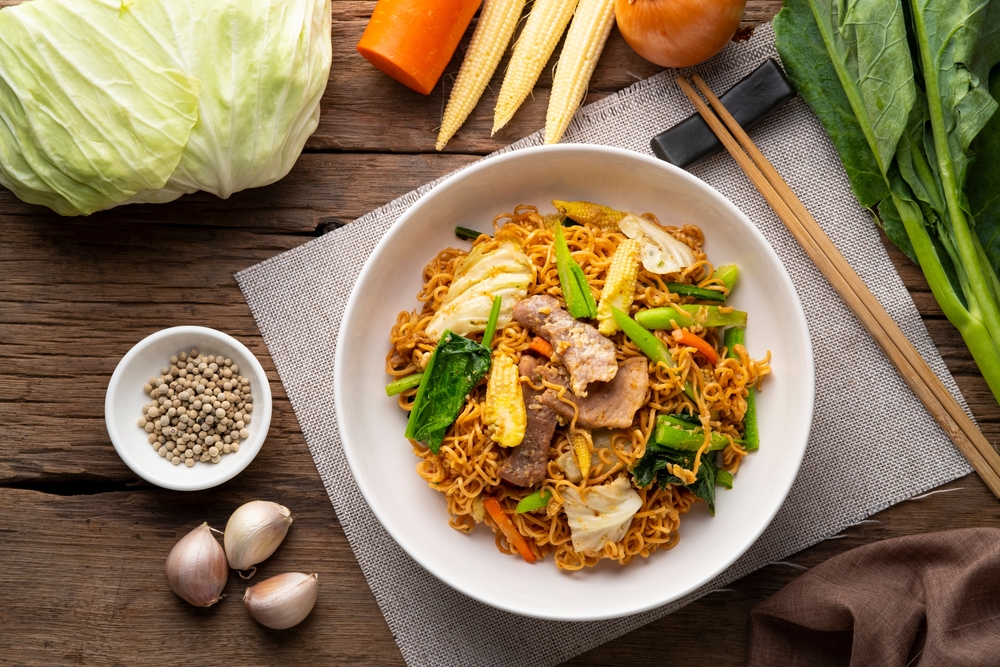
Finding delicious meals on a tight budget doesn’t have to be hard. I’ve put together a list of 29 cheap and tasty meals that are perfect for any time you’re looking to save some money without sacrificing flavor. Read More.
10 Foods That Are Cheaper to Order Out Than Cook at Home
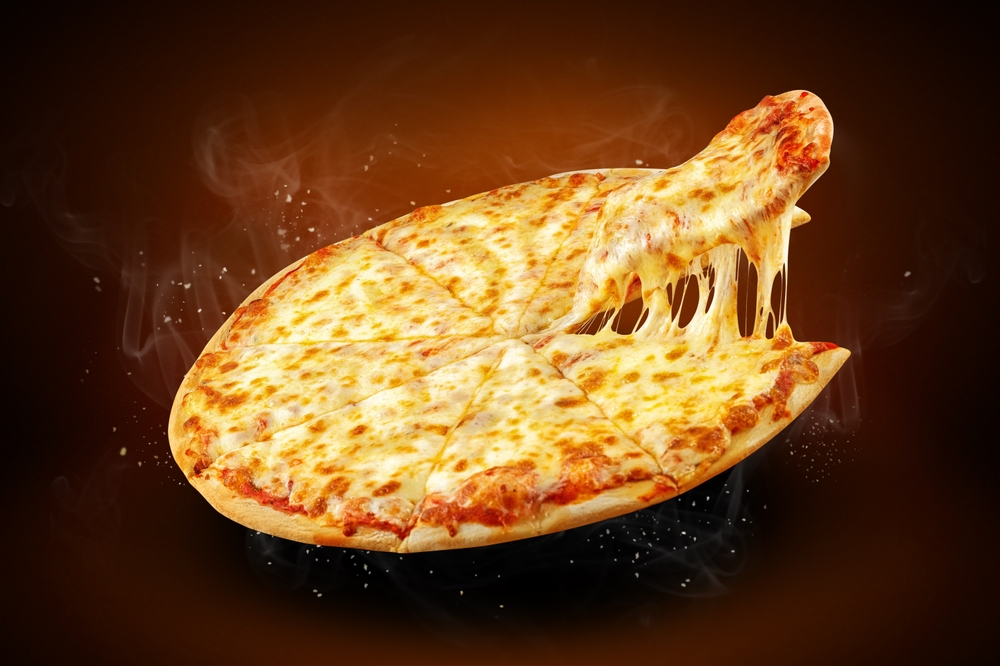
Eating out often gets a bad rap for being expensive, but that’s not always the case. Sometimes, grabbing a meal at your favorite spot can actually be lighter on the wallet than whipping it up in your own kitchen. Read More.
10 Chef-Approved Cooking Tips to Try in Your Own Kitchen
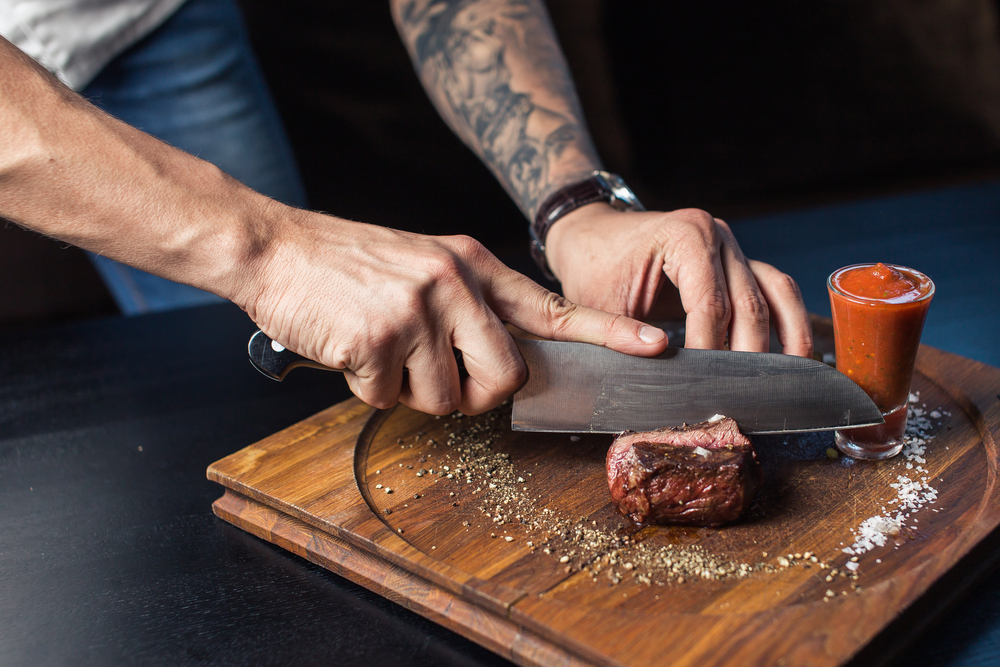
Cooking at home can be a joy, especially when you know a few tricks from the pros. Professional chefs have some amazing tips that can make your meals even more delicious and your time in the kitchen a lot more fun. Read More.

